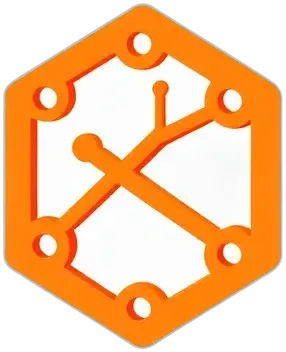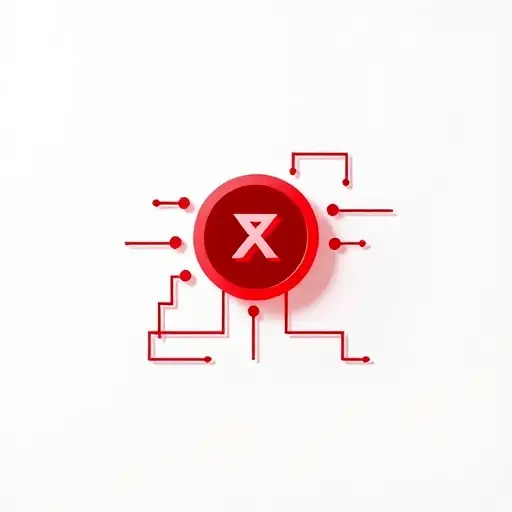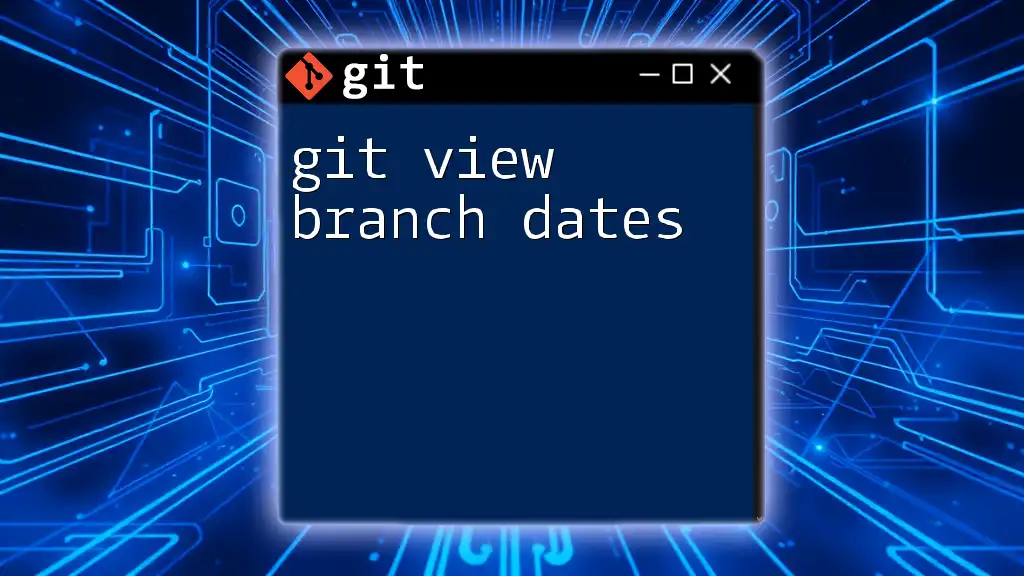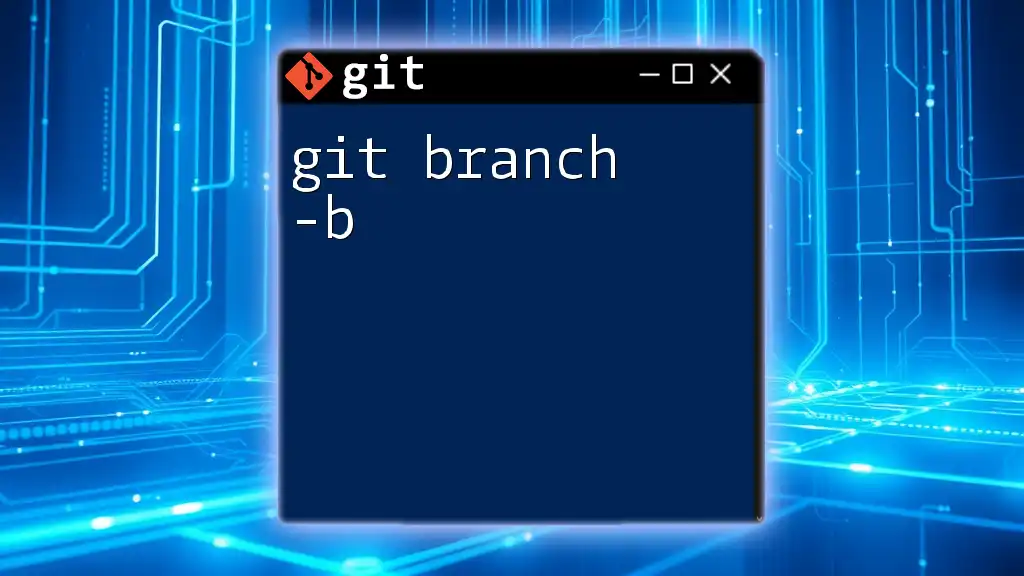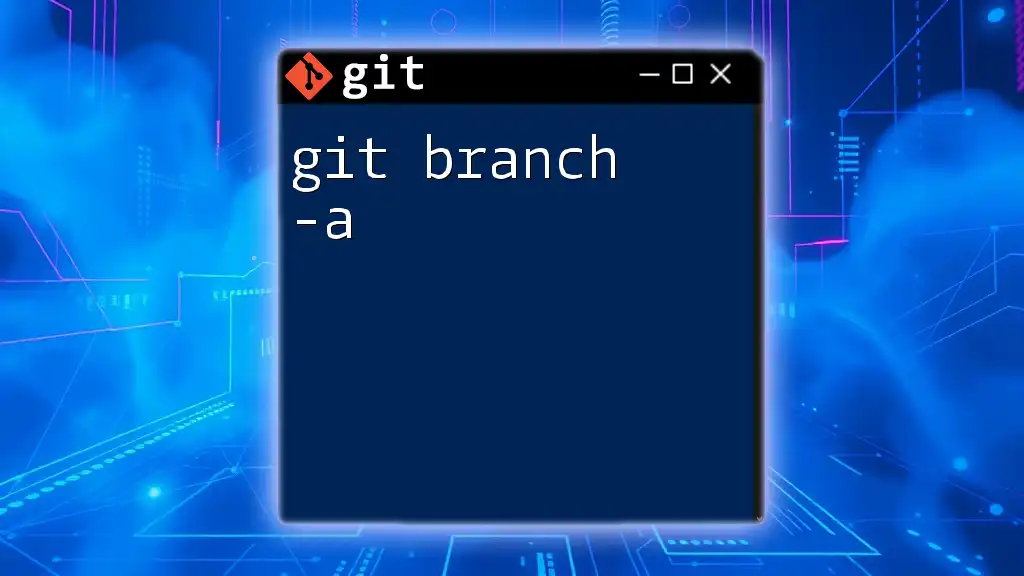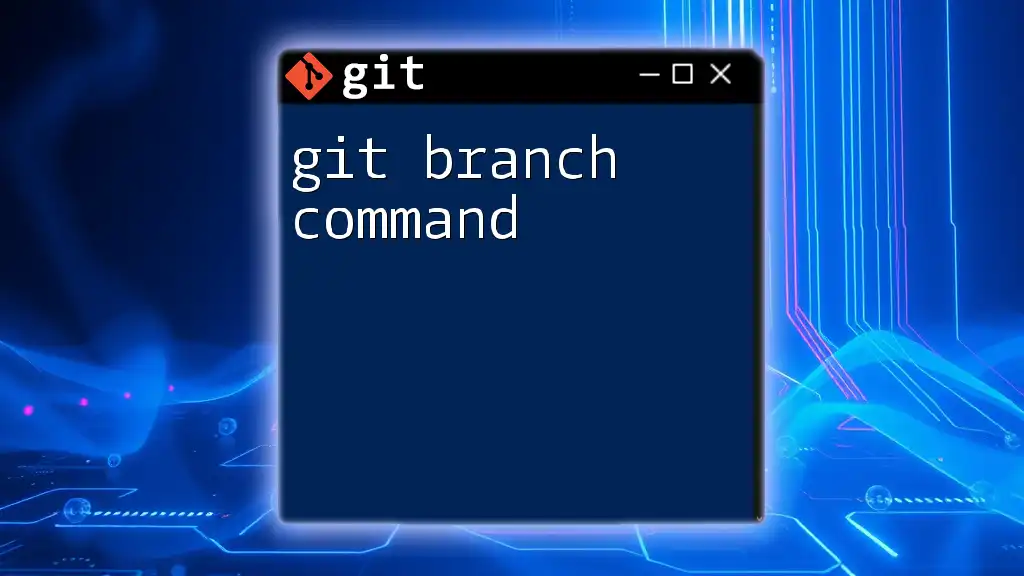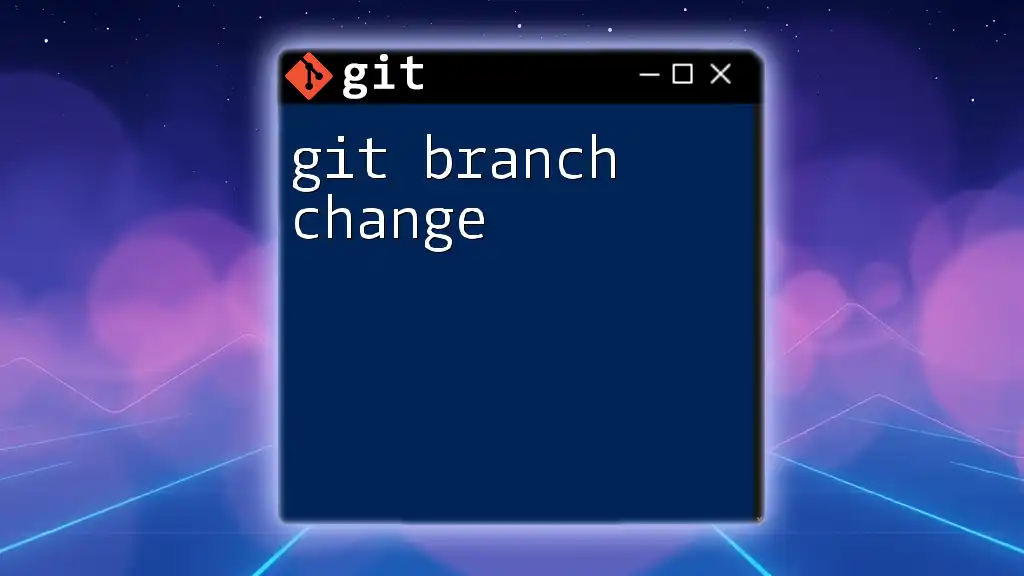The command `git set branch` does not exist, but if you're looking to set the upstream branch for your current branch, you can use the following command.
Here's how to set the upstream branch in Git:
git branch --set-upstream-to=origin/branch_name
Understanding Branches in Git
What is a Git Branch?
A Git branch is essentially a pointer to a specific commit in your project’s history. It allows you to work on different versions of your project concurrently without affecting the main line of development. When you create a new branch, you are essentially creating a new workspace where you can make changes, develop features, or fix bugs independently.
Benefits of Using Branches
Branches are invaluable in collaborative environments. They enable multiple developers to work on various features and fixes simultaneously without stepping on each other's toes. Here are some key benefits:
- Collaboration: Developers can work on different branches at the same time, merging changes only once they've been tested and confirmed to be stable.
- Feature Development: By creating a branch for each new feature, you can keep your main branch clean and stable.
- Versioning & Testing: Temporary branches allow you to experiment with new functionalities without committing to them right away. This practice improves the testing process and enhances version control.
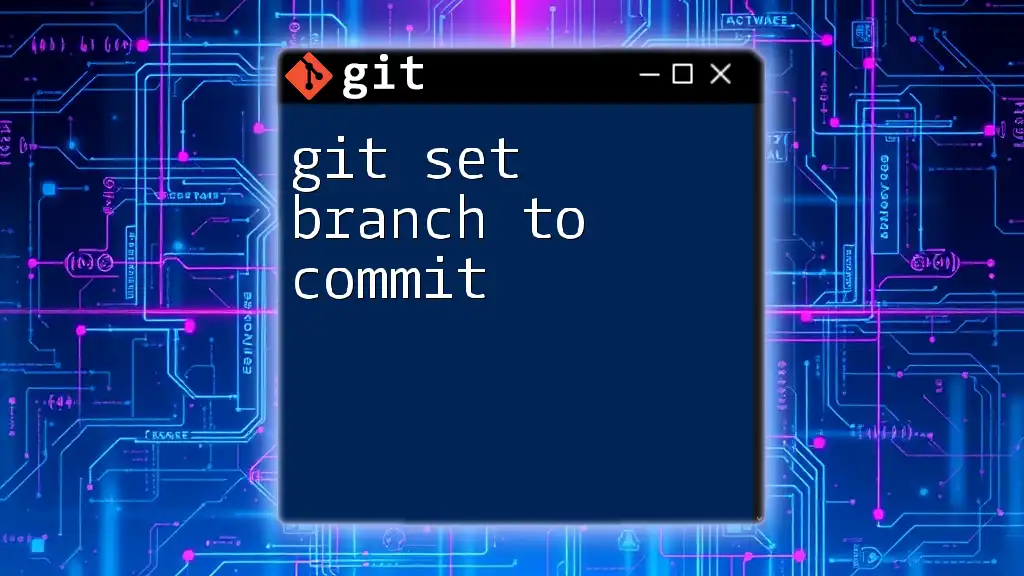
Setting the Branch with Git
The Basics of Setting a Branch
To switch branches in Git, you use the `checkout` command, which changes your working directory to the specified branch. The general syntax is:
git checkout <branch-name>
This command allows you to move back and forth between different lines of development effortlessly.
Creating a New Branch
Creating a new branch can be done using the `git branch` command. This is how you can create a new branch without switching to it:
git branch <new-branch-name>
For instance, if you want to create a branch for a feature called "login page," you’d run:
git branch feature/login-page
Switching to New Branch
After creating a new branch, you may want to switch to it. You accomplish this by using:
git checkout <new-branch-name>
Combining the branch creation and switching process can make your workflow smoother.
Creating and Switching in One Command
You can streamline the process by creating a new branch and switching to it in one command. This is done using:
git checkout -b <new-branch-name>
An example of this command looks like this:
git checkout -b feature/logout-page
This command combines both the creation and checkout processes, ensuring you are ready to start working on your new feature immediately.
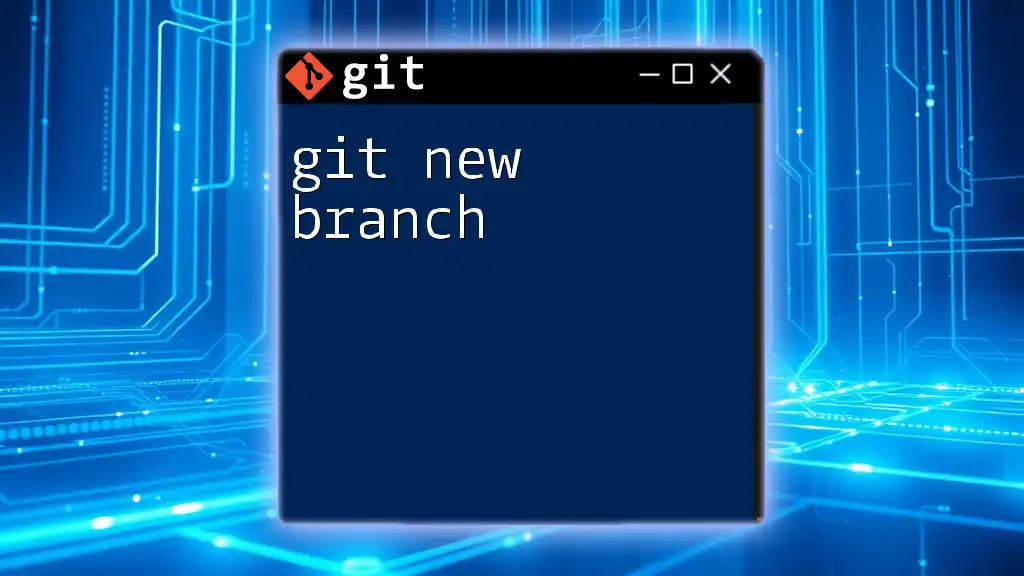
Renaming a Branch
How to Rename a Current Branch
If you find yourself needing to rename the branch you are currently on, you can do this with the branch command:
git branch -m <new-branch-name>
For example, if you want to rename your current branch to "feature/new-ui":
git branch -m feature/new-ui
Renaming a Different Branch
Sometimes, you may want to rename a branch that you are not currently working on. You can achieve this as follows:
git branch -m <old-branch-name> <new-branch-name>
For instance, if you want to rename a branch named "feature/old-name" to "feature/new-name":
git branch -m feature/old-name feature/new-name
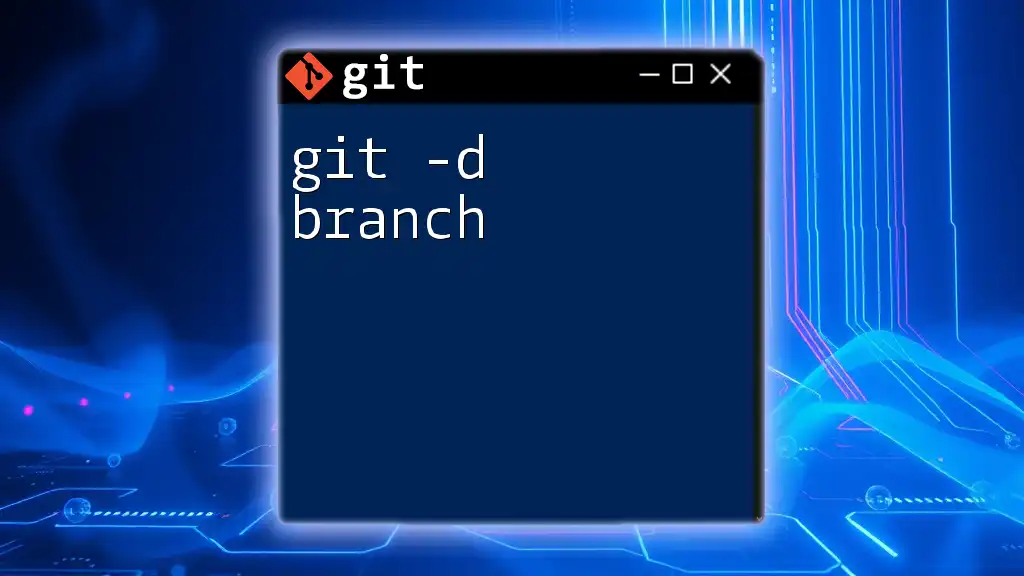
Deleting a Branch
Why and When to Delete a Branch
Maintaining a clean repository requires regular deletion of branches that are no longer needed. This helps you avoid confusion and keeps the project organized.
Command to Delete a Local Branch
To remove a local branch that you no longer need, use:
git branch -d <branch-name>
This command is safe, as it will only delete branches that have been merged into the current branch. If you want to delete a branch called "feature/check-out":
git branch -d feature/check-out
Force Deleting a Branch
In cases where you need to delete a branch regardless of its merged status, you can force delete using:
git branch -D <branch-name>
For example, to forcefully delete the branch "feature/old-feature":
git branch -D feature/old-feature

Checking Out Remote Branches
Understanding Remote Branches
Remote branches represent versions of your project in a shared repository. They are crucial when working with collaborators, allowing you to see updates and interact with branches that others have created.
Fetching Remote Branches
Before you can work with remote branches, you typically need to fetch the latest changes from the remote repository using:
git fetch
This command updates your local copy of the remote branches without changing your working directory.
Checking Out Remote Branches
To work on a remote branch, you often want a local copy of it. You can do this by tracking a remote branch with:
git checkout -b <local-branch-name> origin/<remote-branch-name>
For example, if you want to create a local branch for "feature/new-login" that exists in the remote repository:
git checkout -b feature/new-login origin/feature/new-login
This command effectively sets up your local branch to track changes from the specified remote branch.
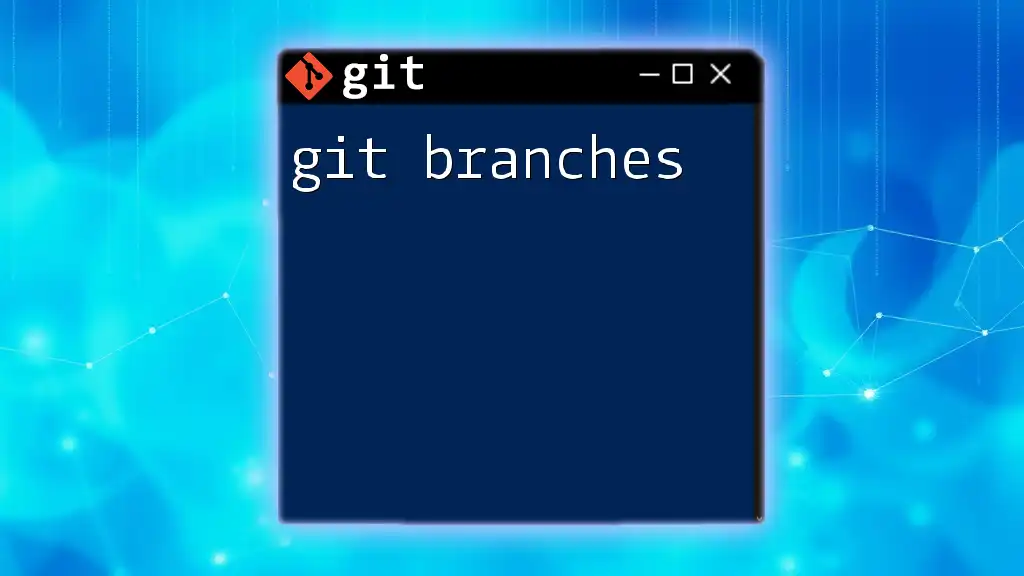
Best Practices for Branch Management
Naming Conventions
Consistency is key when it comes to naming your branches. Using clear, descriptive names helps you, and your collaborators understand the purpose of each branch, making your workflow seamless.
Merging Strategies
Understanding the difference between merging and rebasing is essential. Merging creates an explicit history of changes, while rebasing rewrites commit history. Choose the strategy that fits your project and team workflow best.
Regular Deletion of Merged Branches
Once a branch has been merged into the main line of development, it’s a good practice to delete it. This keeps the repository clean and helps prevent confusion over which branches are still active.

Conclusion
In this guide, we delved into the essential aspects of setting, renaming, deleting, and managing Git branches. Understanding how to efficiently use the `git set branch` command is crucial for anyone involved in collaborative software development. By practicing these commands and their variations, you'll enhance both your workflow and your ability to manage project versions effectively.
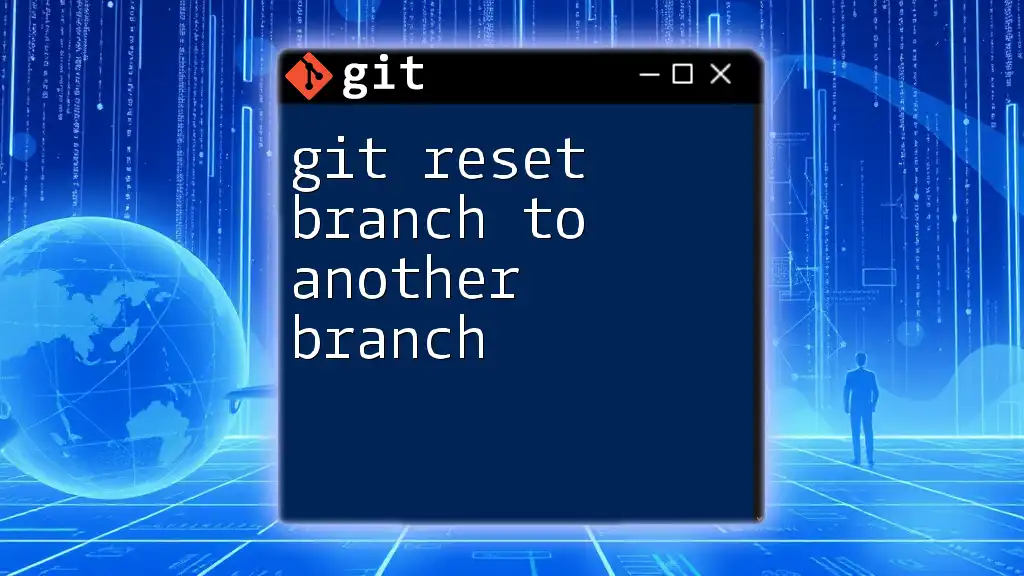
Additional Resources
To further deepen your understanding of Git branching, check out the official Git documentation and relevant blogs that dive into advanced Git techniques and collaborative development practices.
